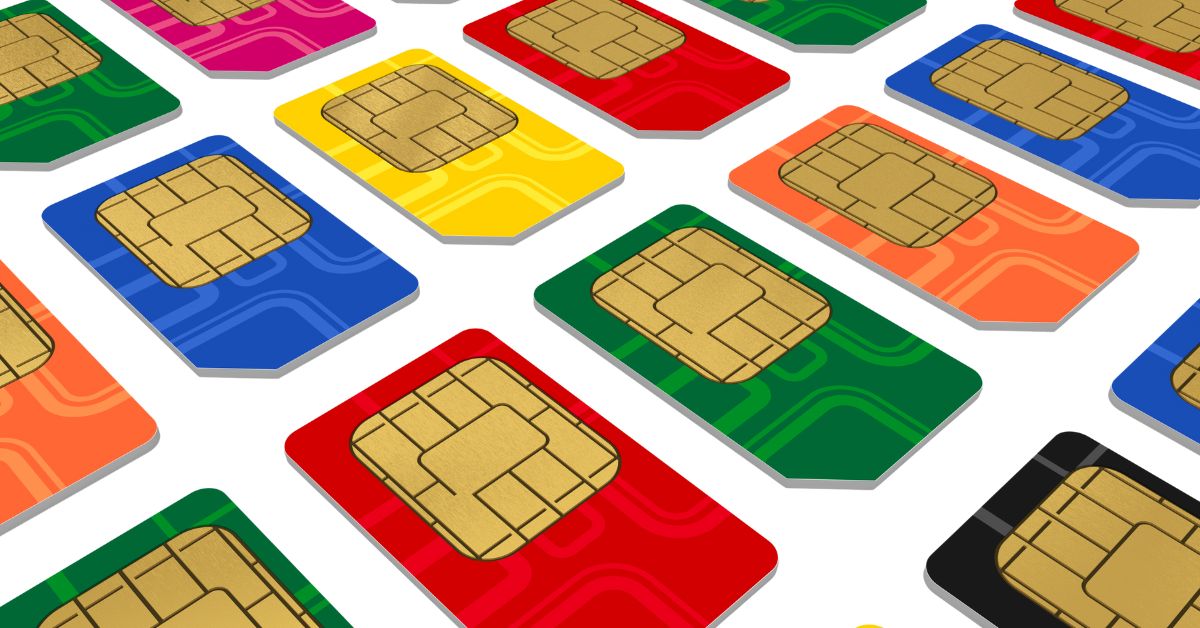In the ever-evolving world of business communications, it’s clear that the traditional desk phone no longer meets the needs of today’s agile workforce.
As companies embrace digital transformation and modernisation, the way we communicate is shifting – and fast.
But this isn’t just about swapping out old tech for new. It’s about how businesses are redefining productivity, flexibility, and customer experience. At the heart of this transformation is something more powerful than just moving to cloud phones or using Microsoft Teams on a mobile. It’s about Fixed Mobile Convergence (FMC) – and doing it properly.
Let’s explore what’s changing, how it works, and why the smartest organisations are choosing to seamlessly converge mobile and Teams – not just treat Teams like another app on your phone.
What is Digital Transformation in Business Communications?
Digital transformation is more than a buzzword. It’s the fundamental shift from legacy systems – like desk phones, PBXs, and hardware-based comms – to cloud-based, mobile-first platforms that allow your team to work from anywhere, on any device.
This shift brings with it a host of improvements:
- Scalability: Add or remove users in minutes.
- Agility: Empower your teams to work from home, the office, or on the go.
- Unified communication: Chat, voice, video, and file sharing all in one place.
- Reduced overhead: No more maintaining clunky hardware or expensive on-premise infrastructure.
And for many businesses, the platform of choice is Microsoft Teams.
Why Microsoft Teams Became the New Office Standard
Teams has quickly become the central hub for collaboration across many organisations. With built-in chat, meetings, and file sharing, it naturally evolved into a tool for internal communication.
But here’s the catch: Teams alone isn’t a phone system. At least, not in the way most businesses need it to be.
To truly replace desk phones and enable complete mobile-first communication, you need more than just the Teams app installed on your mobile. That’s where the real innovation comes in.
Bringing Fixed and Mobile Together: The New Era of FMC
Fixed Mobile Convergence (FMC) is the ability to seamlessly integrate fixed-line telephony with mobile connectivity. In practical terms, it means your business number works natively across both your desktop and your mobile — with no apps, no logging in and out, and no missed calls.
This was once the cornerstone of the now-retired Vodafone OneNet system. Its biggest fans loved it for one reason: true FMC.
Today, very few platforms offer this and even fewer do it right. Many vendors claim you can use Teams on your mobile, but in reality, it’s just the Teams app acting like another softphone. There’s still friction, battery drain, and clunky handovers between mobile and desktop.
The true innovation lies in seamlessly converging your mobile network and Microsoft Teams, making your mobile number an extension of your business identity, just like your Teams presence.
How Seamless Teams-Mobile Convergence Works
With the right solution, your mobile phone becomes a fully integrated endpoint in your Teams ecosystem. Here’s what that looks like in action:
- Native dialler integration: Make and receive business calls through your mobile’s native dialler
- Single number reach: One number across Teams, mobile, and desktop.
- Consistent call recording, logging, and analytics: All calls, mobile or Teams, are captured and reported in one place.
- Presence syncing: If you’re in a Teams meeting, your mobile respects your status. No interruptions.
- Handover-free experience: Move between mobile and Teams fluidly without call drops or delays.
This is next-level FMC, and it’s exactly what the modern workforce needs — especially those who loved OneNet’s simplicity but now expect more flexibility and integration.
Benefits That Matter to Your Business
Making the switch from traditional desk phones to modern Teams-Mobile convergence offers tangible benefits:
- True Mobility
Your team can work exactly the same way whether they’re in the office, at home, or on the road. No more switching devices or missing calls.
- Enhanced Productivity
With one number and one platform, employees stay focused and connected without juggling devices or apps.
- Cost Efficiency
Ditching the desk phone reduces hardware costs, maintenance overheads, and telecom complexity.
- Improved Customer Experience
Calls are routed faster, handled more effectively, and never missed – no matter where your team is.
- Stronger Compliance and Security
Centralised recording, control, and governance across all devices help meet regulatory requirements and protect sensitive conversations.
Why This Isn’t Just Another Teams Integration
Lots of providers offer ‘Teams calling’ or mobile apps. But only a few deliver the real deal — native Fixed Mobile Convergence that tightly integrates with Microsoft Teams.
This isn’t about adding a new app or workaround. It’s about removing the barriers between mobile and cloud communication. That’s a game-changer.
Making the Smart Move
The desk phone had a good run, but it’s time for smarter, more agile communication tools. Businesses that make the switch to a truly converged mobile and Teams experience are future-proofing their operations, empowering their teams, and delivering better service — wherever work happens.
And for those who still miss the glory days of Vodafone OneNet? FMC is back. Only this time, it’s better, seamless, and built for the way we work today.
Built for Today. Ready for Tomorrow.
Vodafone Business Mobile for Microsoft Teams Phone brings Fixed Mobile Convergence into the modern era — combining the familiarity of a single number with the flexibility of true mobile and Teams integration. It’s everything your teams loved about OneNet, reimagined for the hybrid workplace.
With Vodafone’s reliable mobile network at the core, your business gets crystal-clear calls, seamless handovers, and a consistent identity across devices — all within Microsoft Teams. One app, one number, and one powerful way to stay connected. It’s communication, without compromise.





